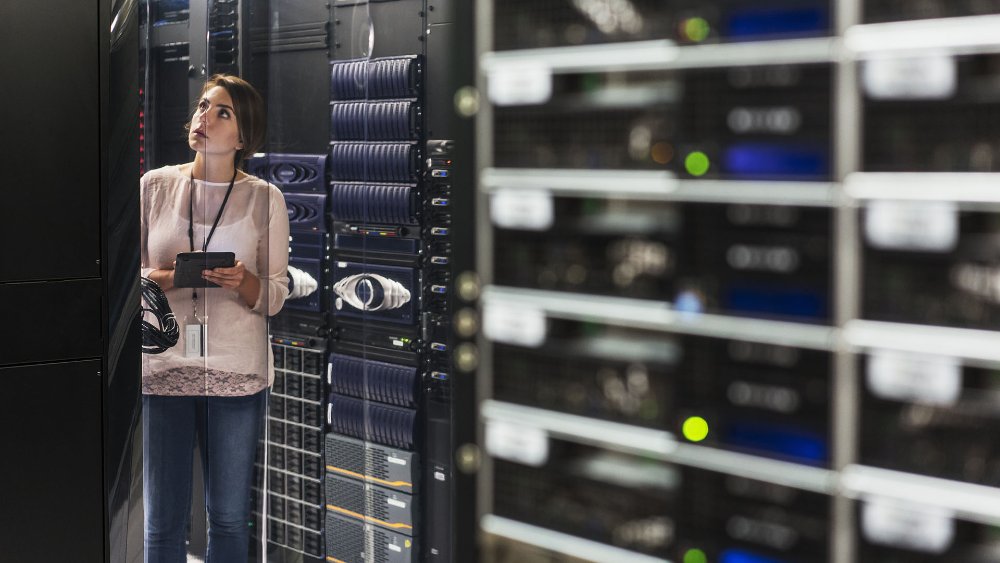Every generation throughout history has faced challenges. Wars, disease, racial injustice, genocide and economic crises rank among the most catastrophic, but anything that creates widespread distress has the potential to traumatize millions, if not billions, of people. In some instances, the effects can last for years in the form of anxiety, depression and Post-Traumatic Stress Disorder (PTSD).
We’ve certainly experienced our share of devastating news in recent years. We’ve watched from afar as horrors have unfolded amidst the Russia/Ukraine War and Gaza-Israeli conflict; witnessed unfathomable destruction from the California wildfires and Hurricanes Helene and Milton; mourned with the families of victims of mass shootings, terrorist attacks and aviation accidents. We emerged from the worst pandemic in a century, only to find ourselves facing the return of measles, tuberculosis and other diseases long deemed eradicated — or at least, contained. Then there are the “everyday stressors” of the volatile economy, social unrest and deep political divide.

The propensity to immerse oneself in all this negativity, largely through social media, has led to the coining of a new term — “doomscrolling.” Originating during the early days of the pandemic, when people were obsessively absorbing the terrible news — both real and conspiratorial — doomscrolling has become a major problem, taking a weighty toll on our collective mental health. A 2022 study by three Texas Tech University professors found that doomscrolling leads to greater levels of stress, anxiety and poor physical health. According to the study’s lead author, the 24-hour-news cycle creates a “constant state of high alert” in some people, making the world feel like a “dark and dangerous place.”
The impact on the workplace can be significant. Whether working onsite or remotely, whatever is weighing someone down on any given day accompanies them to the job. No matter how hard they try to push it out of their mind, it’s always there, occupying their thoughts and negatively impacting their productivity, engagement and morale. And let’s face it, those stressors don’t always infiltrate the workplace from the outside. Sometimes, they originate from the workplace itself. And when one employee is crumbling under the weight of crippling stress, there can be a domino effect that impacts the entire team — or beyond.
Why is it that some individuals — and organizations — are incapacitated by challenges when others emerge seemingly unscathed? It’s all a matter of resilience.
The importance of resilience
The American Psychological Association defines resilience as “the process and outcome of successfully adapting to difficult or challenging life experiences, especially through mental, emotional and behavioral flexibility and adjustment to external and internal demands.” In today’s workplace — and throughout life — resilience is a crucial attribute that enables employees, teams and organizations not only to survive but to thrive in the face of setbacks, adversity and unending change.
While some people seem to be innately more resilient than others, none of us are actually born resilient. Granted, some individuals may have a higher capacity to bounce back from challenges, but everyone has the ability to learn and develop behaviors, thoughts and actions that will enable us to be more resilient in difficult situations.
According to the 2024 Alight International Workforce and Wellbeing Mindset Study, only 42% of U.S.-based employees rate their mental and emotional wellbeing positively and just over half (54%) believe they have control over it.
Resilience is a crucial component of mental and emotional wellbeing. Therefore, as we strive to build a culture of wellbeing, employers clearly have a role to play in providing tools and resources to help workers become more resilient.
Fostering resilience
A supportive environment where employees feel psychologically safe is key to building a resilient workforce. By training managers to recognize the signs of a stressed-out, overwhelmed employee, they open the door to frank discussions. Regardless of whether employees are weighed down by world events or something going on at home or in the workplace, it can be highly beneficial to share their worries with a manager, HR partner or colleague — or to utilize a high-tech, high-touch platform like Alight Worklife® to connect with the company’s Employee Assistance Program (EAP), access helpful apps and programs or find a mental health provider. Through Alight’s Healthcare Navigation solution, employees can connect with their Health Pro and comprehensive digital resources to find in-person mental health support.
According to the Mindset Study, 67% of employees find value in stress management programs and mental and emotional health apps, while 65% value telephonic, virtual or online visits with mental health professional. For example, meQuilbrium, an Alight partner, delivers a personalized, 24/7, clinically validated resilience/emotional wellbeing and performance solution that leverages behavioral psychology, neuroscience, computer-based cognitive behavior therapy coaching to help individuals develop resilience.
Even something as simple as providing a subscription to meditation apps like Calm or Headspace can be a big boost for employees striving to reduce anxiety, manage stress, improve sleep and build resilience.
Investing in resilience delivers tangible results. According to The Conference Board, employees who partake of employer-provided resilience-building resources are five times more likely to experience good health, 80% less likely to exhibit signs of depression and 25% less likely to suffer from burnout. The global think tank also found 19% of CEOs prioritize building a resilient workforce to prepare for future challenges.
As with all benefits programs, it's important to remember that a diverse workforce has varying needs. What meets one employee’s needs might not meet another’s. Therefore, it’s crucial to offer an array of resources so employees can customize their own resilience-building toolkit.


